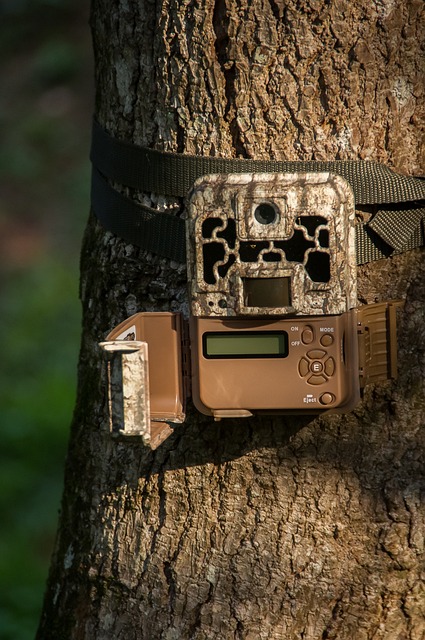Night vision capabilities: In the cloak of darkness, wildlife tends to be more active. Consequently, a trail camera with infrared or night vision is crucial. Two options are available: low-glow and no-glow infrared. The former emits a faint red glow when capturing images, while the latter remains completely undetectable. No-glow cameras provide discreet surveillance but may have slightly lower image quality at night.
Bells and whistles: Fancy features abound, but consider your needs. Some popular options include time-lapse mode, geotagging, and built-in Wi-Fi or cellular capabilities for remote access. These extras can prove useful, depending on your goals.
Durability and weather resistance: Mother Nature is unpredictable. Your trail camera should withstand the elements. Seek water-resistant, weatherproof models designed to endure temperature fluctuations and inclement conditions.
Examining the Pros:
Trail cameras prove valuable to hunters, researchers, and wildlife enthusiasts. For starters, they enable discreet observation, providing unparalleled glimpses into the lives of elusive creatures. Furthermore, these devices can boost hunting success by revealing patterns in game movement and behavior. Researchers and conservationists also benefit, using trail cameras for monitoring wildlife populations and habitats.
On the security front, trail cameras may offer rural residents peace of mind. They can keep an eye on property perimeters, alerting homeowners to trespassers, potential thieves, or even large predators.
Weighing the Cons:
As is the case with any technology, trail cameras have their drawbacks. The initial investment can be steep, and maintaining these devices isn’t without expense. Battery life can be limited, necessitating frequent replacements. And, for those less tech-savvy, the learning curve can be frustrating.
Another concern is theft or vandalism of cameras left in the wilderness. Some outdoorsmen invest in security measures like camouflage or lockboxes to mitigate this risk.
What Matters Most:
Ultimately, selecting the right trail camera comes down to priorities. High-resolution images are essential, but so is a fast trigger speed and short recovery time. Detection range is another vital factor, as is the camera’s ability to capture clear images at night. Don’t forget about durability, either—your camera should be able to withstand harsh weather conditions.
If additional features are important to you, consider options like time-lapse mode, geotagging, or wireless connectivity. But remember, the primary goal is to capture quality images that serve your unique needs, whether that’s hunting, research, or simply observing nature’s wonders.
In Conclusion:
A trail camera is an invaluable addition to any outdoorsman’s toolkit. The ability to unobtrusively observe wildlife, scout for hunting, or monitor one’s property can be game-changing. However, like any investment, it’s essential to weigh the pros and cons and carefully consider the features that matter most to you. With the right trail camera in hand, you’ll unlock a new world of outdoor possibilities and gain a deeper appreciation for the natural world around you.


